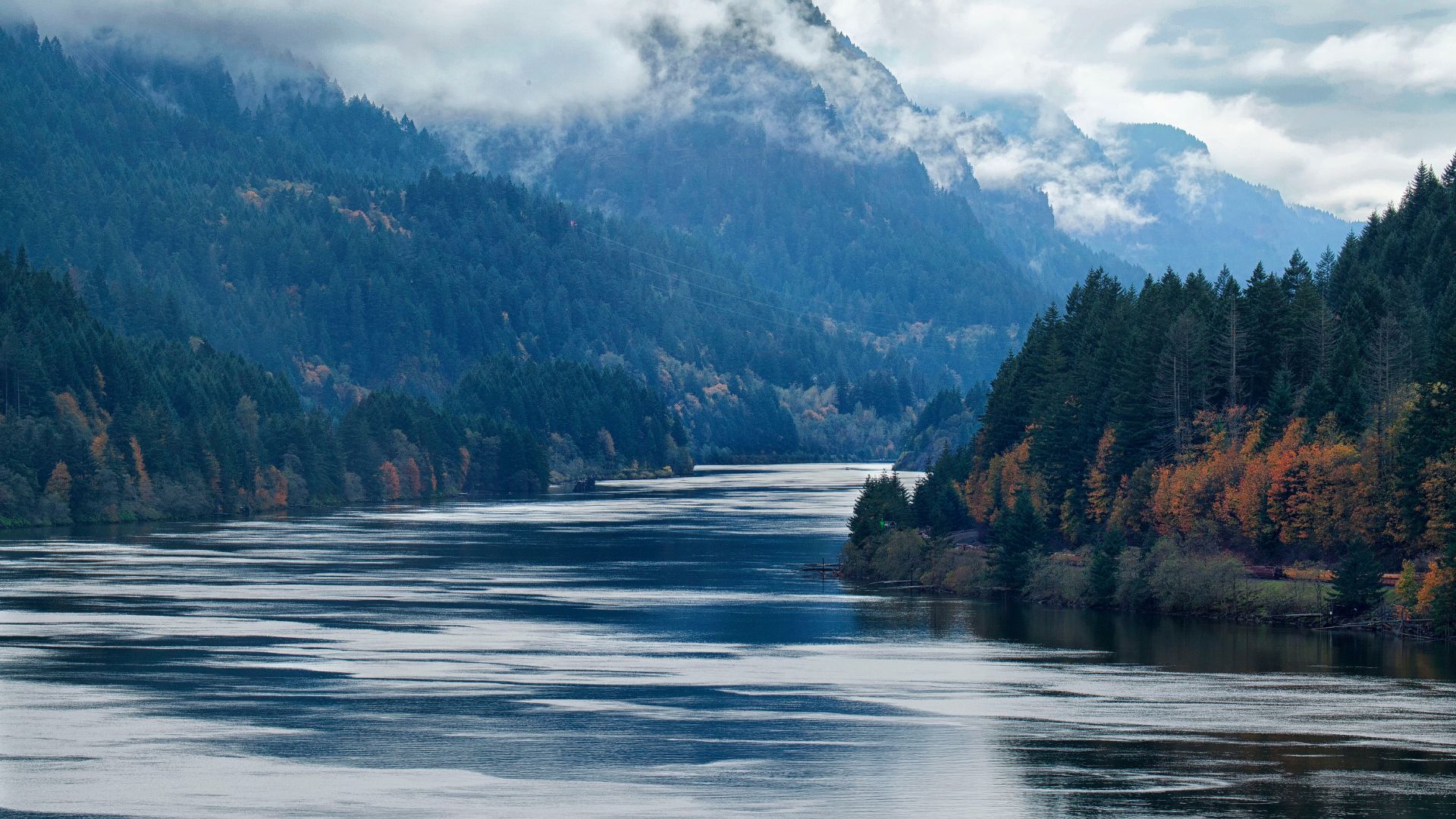River Photography
As an avid photographer, I find river photography to be a captivating and rewarding genre. The unique blend of nature’s elements – water, light, and landscape – offers endless opportunities for creativity and exploration. When shooting along rivers, I am constantly challenged to capture the fluidity and dynamism of water in my images.
One of the key aspects that sets river photography apart is mastering the interplay between natural light and reflections on the water’s surface. The way sunlight dances on the ripples or creates mesmerizing patterns can elevate a simple scene into a stunning visual masterpiece. Understanding how different lighting conditions affect colors, contrasts, and textures is essential for creating impactful river photos.
Exploring various vantage points along a river allows me to experiment with composition and framing. Whether it’s from a bridge overlooking the flowing waters or at ground level capturing intricate details along the shoreline, each perspective offers a new narrative to tell through my lens. By immersing myself in the tranquility of riverscapes, I aim to convey not just what I see but also evoke emotions that resonate with viewers.
Understanding River Photography
When delving into the realm of RIVER PHOTOGRAPHY, it’s essential to grasp the unique challenges and opportunities this niche offers. Rivers present a dynamic subject matter, with ever-changing lighting conditions and fluid compositions. Capturing the essence of a river requires an understanding of how water interacts with its surroundings, shaping landscapes and reflecting light in captivating ways.
One key aspect to consider in RIVER PHOTOGRAPHY is the role of long exposure techniques. By using longer shutter speeds, photographers can create mesmerizing effects on moving water, turning it into a silky blur or capturing intricate details in flowing currents. This approach adds a sense of motion and depth to images, transforming ordinary scenes into visually striking works of art.
Another crucial element is mastering composition within a river setting. Framing elements such as rocks, foliage, or urban structures against the backdrop of flowing water can lead to compelling juxtapositions that enhance visual interest. Balancing foreground elements with the river’s natural flow is vital for creating harmonious compositions that draw viewers into the scene.
Moreover, understanding how light interacts with water surfaces is paramount in RIVER PHOTOGRAPHY. The reflections and refractions created by sunlight dancing on rippling water offer endless possibilities for creative exploration. Learning to leverage these optical phenomena can elevate photographs from mere documentation to evocative storytelling through imagery.
In essence, successful RIVER PHOTOGRAPHY goes beyond technical proficiency; it involves cultivating a deep appreciation for the interplay between water, light, and surrounding elements. By honing one’s skills in long exposure techniques, composition strategies, and light manipulation, photographers can unlock the full artistic potential that rivers have to offer as picturesque subjects worthy of exploration through the lens.
Essential Gear for River Photography
As a passionate river photographer, I understand the importance of having the right equipment to capture stunning images in dynamic environments. When heading out for a day of river photography, ensuring you have the essential gear can make all the difference in the quality of your shots. Here are some key items to consider adding to your photography kit:
Camera Body and Lenses
- Weather-Sealed Camera Body: Opt for a camera body that is weather-sealed to protect against splashes and moisture.
- Wide-Angle Lens: A wide-angle lens is ideal for capturing expansive river landscapes and dramatic perspectives.
- Telephoto Lens: For close-up shots of wildlife or details across the river, a telephoto lens comes in handy.
Tripod and Filters
- Sturdy Tripod: In unpredictable river conditions, a sturdy tripod provides stability for long exposures and sharp images.
- Polarizing Filter: Reduce glare and enhance color saturation by using a polarizing filter when shooting reflective water surfaces.
Waterproof Bags and Accessories
- Dry Bag or Waterproof Backpack: Keep your gear safe from water damage with a reliable dry bag or waterproof backpack.
- Lens Cleaning Kit: Dust, water droplets, or mist from rivers can easily find their way onto your lens – be prepared with a lens cleaning kit.
